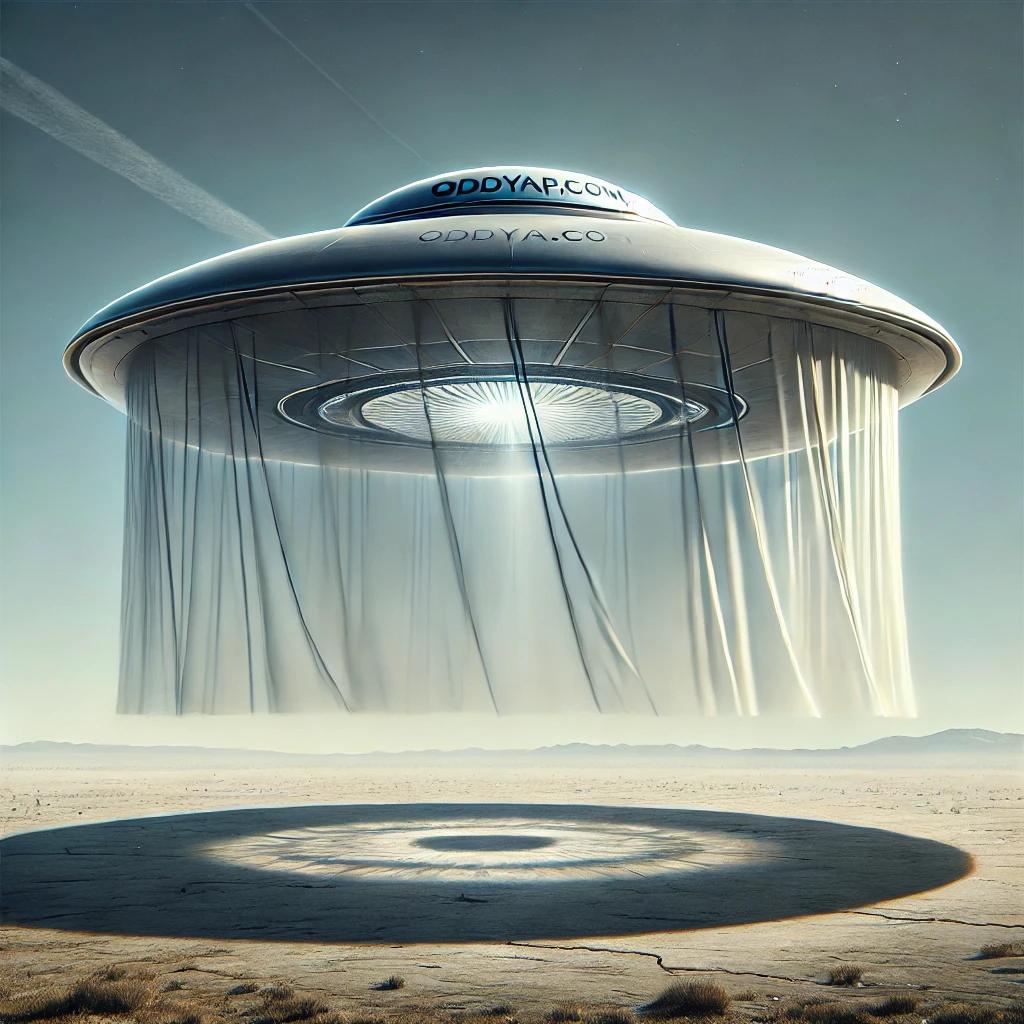The concept of invisible UFOs—unidentified flying objects that cannot be seen with the naked eye—has intrigued both UFO researchers and enthusiasts for decades. These mysterious objects, while not visible to us, can still be detected through indirect means. One of the most compelling ways to identify an invisible UFO is by observing the shadows they cast. Though these objects might be cloaked in invisibility, their physical presence can still block sunlight, creating a shadow that can be seen on the ground.
The Phenomenon of Invisible UFOs
The idea that UFOs could be invisible is not as far-fetched as it might initially seem. Advanced technology, whether terrestrial or extraterrestrial, could theoretically manipulate light waves, rendering an object invisible to the human eye. However, this invisibility doesn’t necessarily extend to all wavelengths of light or other detection methods. This leaves behind clues, such as shadows, that hint at the presence of something unusual.
UFO Case Study 1: The Circular Shadow on National Boulevard
In the late 1990s, near Santa Monica Airport in Los Angeles, a peculiar incident occurred that highlights the concept of invisible UFOs. Joseph Burkes, a seasoned UFO investigator, was driving along National Boulevard on a bright summer day when he noticed a perfectly oval shadow moving swiftly down the road. The shadow was about 40 feet across and traveled at approximately 50 miles per hour, matching the speed of his car.
Curiously, there was nothing in the sky above to account for the shadow. No airplane, blimp, or balloon could be seen, and even more strangely, there was no sound—a stark contrast to the usual roar of aircraft taking off from the nearby airport. The sharpness of the shadow suggested that whatever was casting it was relatively close to the ground, yet it remained entirely invisible to the naked eye.
This experience underscored a critical point: invisible UFOs might still be detectable through the shadows they cast. The absence of sound and the distinct outline of the shadow hinted at a technologically advanced craft, one capable of cloaking itself from visible detection while still interacting with its environment.
UFO Case Study 2: The Mysterious Shadow on the 405 Freeway
Another intriguing incident occurred in 2002 on the 405 Freeway in Los Angeles, one of the busiest highways in the world. A high school English teacher named Paul was driving at about 50 miles per hour when he noticed a large, perfectly defined circular shadow on the opposite side of the freeway. The shadow was about 30 feet across and appeared to be moving slowly towards his side of the road.
As Paul approached the shadow, he became increasingly apprehensive. The sharpness of the shadow’s outline suggested that whatever was casting it was very close to the ground. When he finally passed under it, he experienced a strange sensation, as if he were in a powerful electrostatic field, and the air around him seemed to darken momentarily.
After passing through the shadow, Paul reflected on the experience and realized that he might have encountered an invisible UFO. The lack of visible craft in the sky, combined with the eerie electrostatic sensation, pointed to something extraordinary. This incident further supports the idea that invisible UFOs, while not detectable by sight, can still leave behind physical evidence of their presence.
The Science Behind Invisible Shadows

The notion that an invisible object can still cast a shadow might seem counterintuitive, but it can be explained by the properties of light and shadow. Shadows are created when an object blocks light, typically from the sun. Even if an object is invisible in the visible spectrum, it may still interact with light in other wavelengths, such as ultraviolet (UV) or infrared (IR). These interactions can produce shadows that are visible to the naked eye, especially if the object blocks or absorbs specific wavelengths of light.
Additionally, some researchers speculate that UFOs might possess technology that allows them to control or manipulate light, making them invisible in the visible spectrum while still casting shadows. This ability to selectively interact with light could explain the sharp, well-defined shadows observed in both of the case studies mentioned.
How to Detect an Invisible UFO
So, how can one detect an invisible UFO? The answer lies in keen observation and awareness of the environment. Shadows that appear without a corresponding object in the sky, especially those that are well-defined and move in ways consistent with a physical craft, are strong indicators of an invisible UFO.
In addition to shadows, other signs such as unusual sensations, disruptions in electronic equipment, or changes in light and color can also hint at the presence of an invisible UFO. By staying alert to these subtle clues, it’s possible to detect these elusive objects even when they are hidden from view.
Invisible UFOs present a fascinating challenge for both researchers and enthusiasts. While they may be hidden from sight, they are not entirely undetectable. Shadows, strange sensations, and other indirect signs can provide evidence of their presence. As our understanding of these phenomena continues to evolve, it’s possible that we will develop new ways to detect and study these mysterious objects, even when they are cloaked in invisibility.
